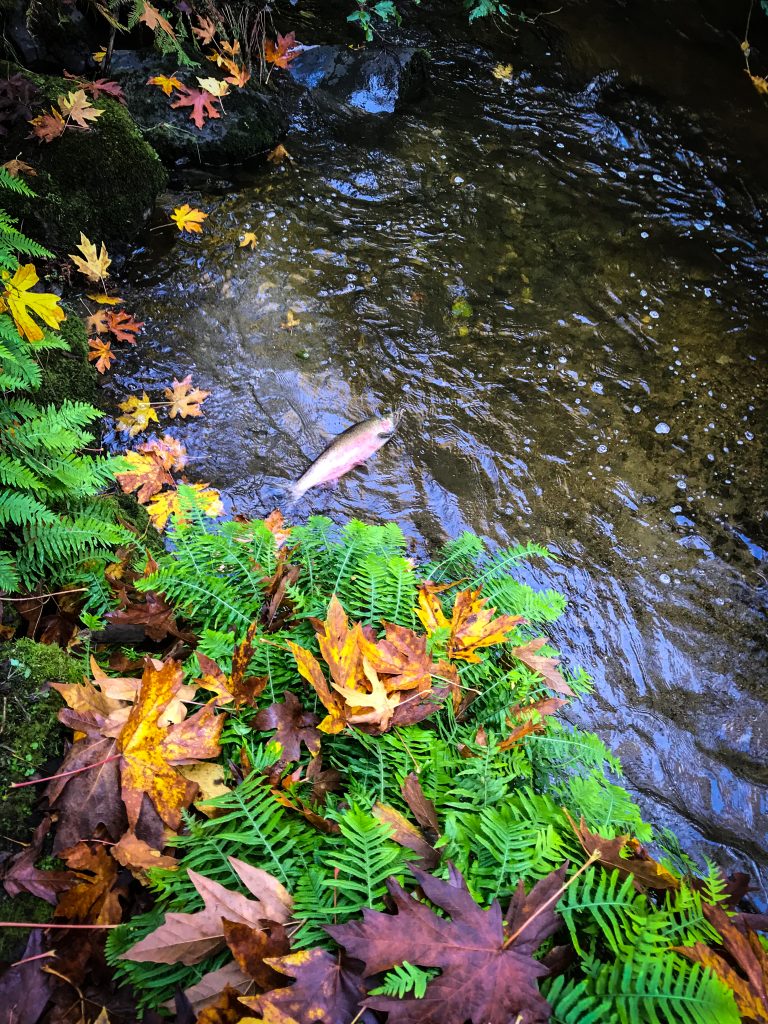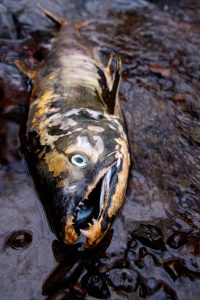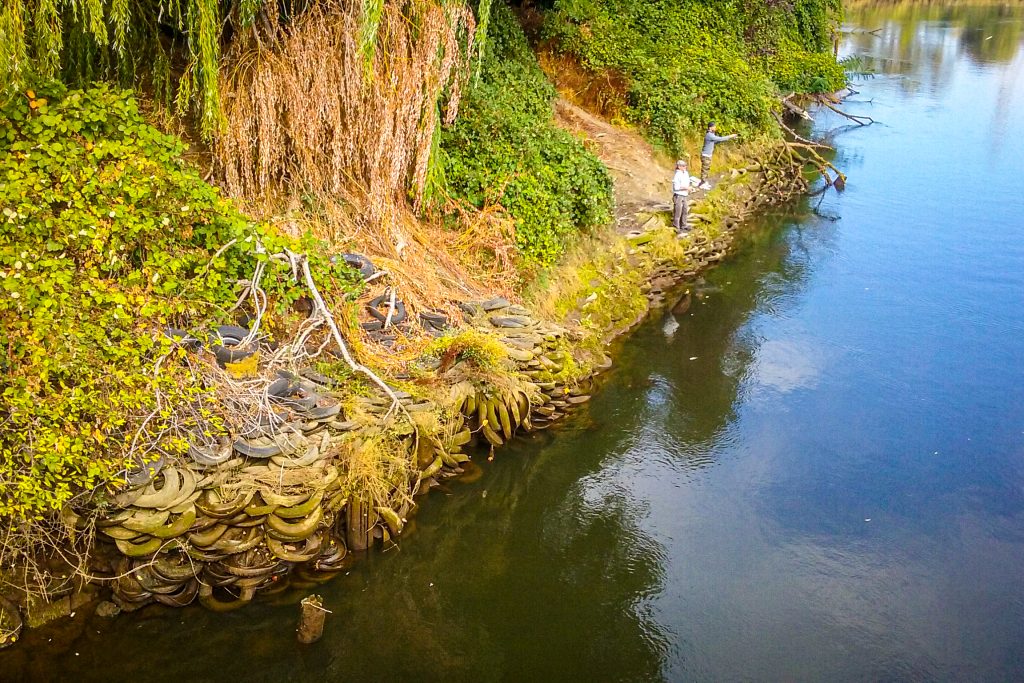My research interests focus on providing clean, sustainable water for people and ecosystems.
Humans and Chemicals

My research group generally uses advanced environmental mass spectrometry to understand the fate and transport of environmental organic chemicals, especially those that adversely affect the health of fish or other aquatic organisms.
Almost all water near humans contains low concentrations of thousands of man-made chemicals. Unfortunately, the chemicals in our consumer products and our lives do not magically disappear when we are done with them; they will co-exist with us in our environment for days, months, years, and sometimes even centuries after production. This becomes especially problematic if those chemicals are harmful to biota. With growing recognition that “contaminants of emerging concern” are both widespread in water and implicated in adverse effects on aquatic organisms, we really need to understand their environmental fate and limit their discharge. Engineered systems were not designed to manage trace organic contaminants, so few of our existing control measures are actually efficitive for such chemicals. This implies that current engineered treatment systems need upgrading. What is even more challenging is that we haven’t really fully agreed which chemicals truly need treatment or other focused management effort!
Toxic Tires and Stormwater
Believe it or not, water quality near our cities is still toxic enough to kill large fish quickly. Here in the Pacific Northwest, some adult coho salmon returning to creeks to spawn in the fall actually die when it rains. This phenomenon, observed for decades in Washington State and called urban runoff mortality syndrome (URMS), happens when storms wash roadway chemicals into nearby surface waters, resulting in lethal pollution. When I came to UW in 2014, I was in disbelief that repeatable, unexplained widespread mortality still existed in fish here in the United States! I now believe it is more common than you might expect, we just do a poor job of looking and tracking to really see these pollution impacts. And if it’s a sublethal impact? Basically nothing, we have little to no baseline over time to enable comparisons.

Clearly, URMS was an important problem to work on, so I started using the high-resolution mass spectrometry capabilities we had at the Center for Urban Waters to understand the water quality of URMS. Working with many partners and sponsors, including Jen McIntyre (WSU-Puyallup), Mike Dodd (UW CEE), Andre Simpson (U. Toronto) and Nat Scholz and team (NOAA-NMFS), by early 2020 our group (notably Zhenyu Tian, Nina Zhao, and Kathy Peter) had eventually isolated and identified 6PPD-quinone as the primary causal toxicant for URMS in coho. Led by Zhenyu’s tireless work to identify specific toxic chemicals among the >2000 chemicals that our HRMS instrument detects in tire rubber leachate, we found that 6PPD, an anti-ozonant chemical used in all tires globally, was forming a far more toxic and ubiquitous transformation product 6PPD-quinone, or 6PPDQ. As far as we can tell, 6PPDQ is present wherever our vehicles are (almost everywhere!), with lethal concentrations expected for runoff from all busy roadways. Just a minor conflict with the Clean Water Act there… Global research efforts have now reported widespread 6PPDQ in roadway runoff, atmospheric particulate matter, house dusts, urban soils, and even human urine!
Data globally says that 6PPD is incompatible with life. It is now clear that we need to change the chemical composition of all the tires in the world, replacing 6PPD (and potentially other similar compounds with similar toxicity risks) with environmentally benign, non-toxic chemicals. Until this happens, we have work to do to understand the occurrence and fate of 6PPDQ and related chemicals in tires and rubber consumer products while we manage and treat them. This is a big, serious problem needing lots of smart people and good ideas, so if you want to help support or join our effort to create “salmon safe tires” (meaning safe for everything, including humans) please reach out to us! We need the support.
Identifying and Replacing Harmful Chemicals
6PPDQ and the substantial role of tire rubber and tire wear as a source of pervasive and toxic environmental pollution tells us that there is still so much to do to improve environmental quality while we work to remove toxic chemicals from consumer products and non-essential uses. Across the globe, we are filling our waters with chemicals without knowing what happens to them and while mostly guessing or hoping they are benign. This is definitely a problem.

6PPDQ tells us that we should pay much more attention to bioactive transformation products, especially in systems where parent compounds themselves exhibit toxicity characteristics. Our research is driven by several critical questions. How can we more easily identify adverse impacts in chemicals and their transformation products? What organisms and biological endpoints should we use for screening chemical safety? Once identified, what do we need to do to remove harmful chemicals from commerce and protect organisms? These are difficult questions, the science is difficult and expensive, and researchers struggle with complex mixtures and complex biological responses. Across much of the globe, there remains a giant disparity between the degree of scientific proof needed to begin using a chemical and the degree of proof needed to stop a chemical after toxic characteristics emerge. This remains a great structural barrier to maintaining environmental health and fixing costly pollution issues.
Identifying those few “bad actor” chemicals in environmental systems is a critical and immediate generational challenge for the research community. To solve this problem, we need to promote meaningful and sustained research collaborations (e.g., integrated chemical and biological analyses, community partnerships, management agencies) to identify and prioritize the most harmful problems and chemicals for sustained management effort. My research group uses environmental mass spectrometry, good ideas, and hard work to address these challenges and enable data driven management of our most pressing environmental health issues. If you are interested in any of the above topics, I am always happy to have a conversation so we can solve these problems.